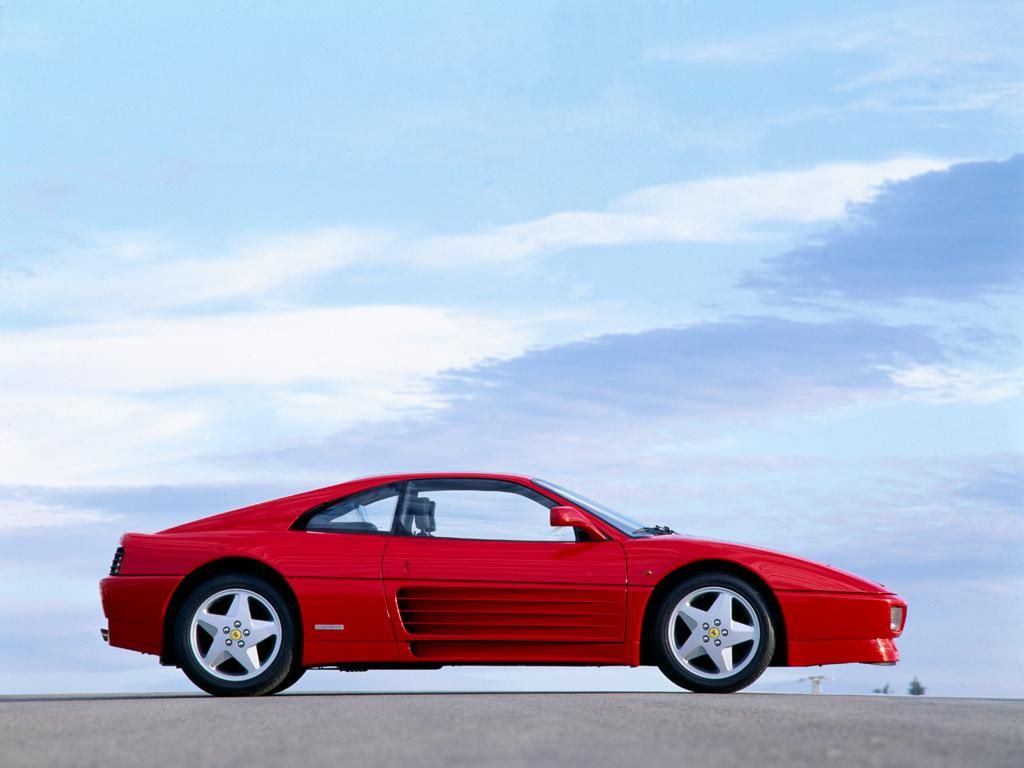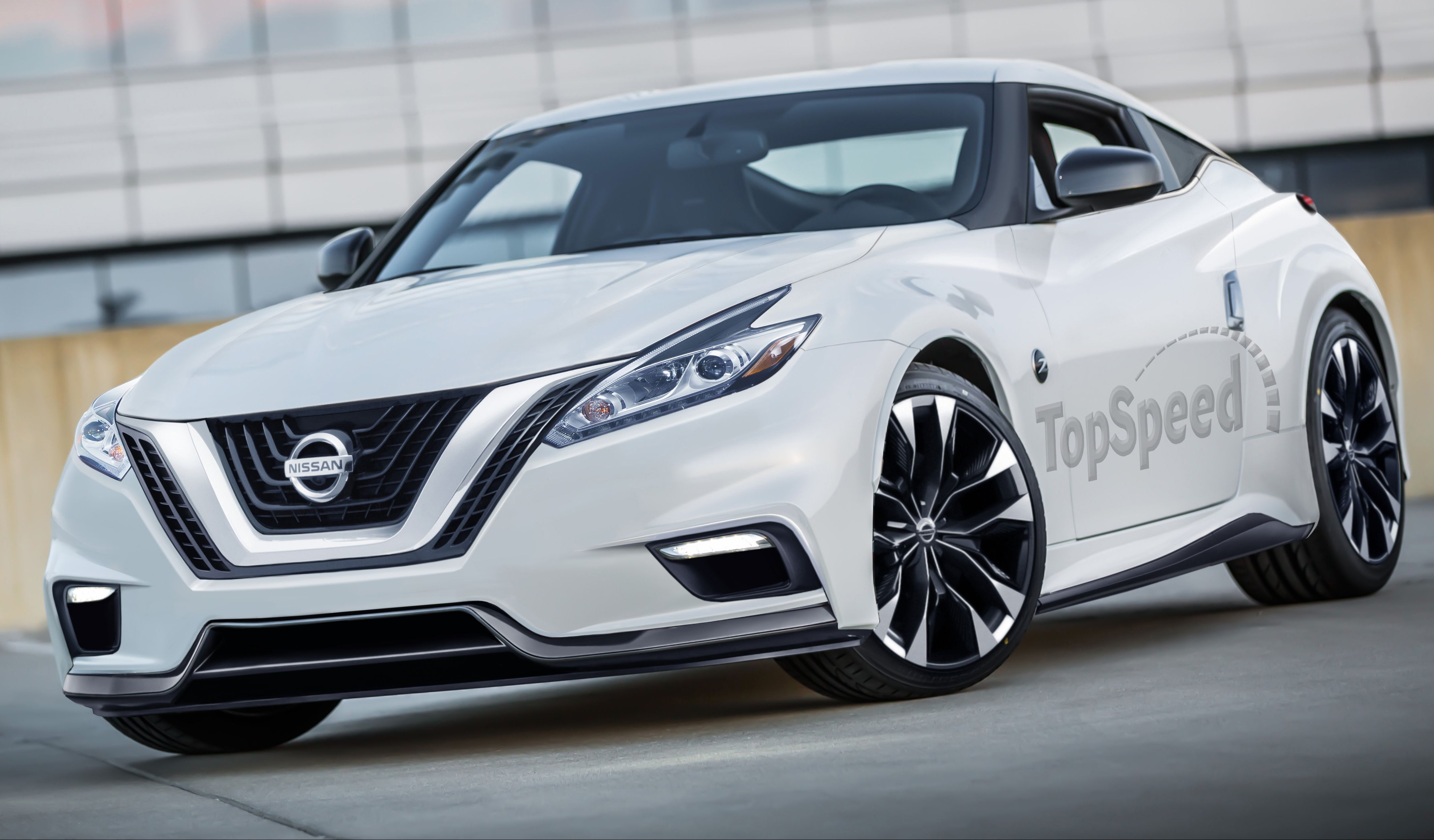The Porsche 718 is the latest iteration of the brand’s entry-level mid-engine sports car. The German carmaker has long been a benchmark for performance and their engineering prowess, and uncompromising approach has been giving us some truly capable cars. Even the compact 718 is exceptionally well-engineered. Of course, all the engineering, combined with the brand’s heritage usually involves a price tag that can be a bit steep for some. With this in mind, here are some alternatives to the Porsche 718, worthy of your consideration. Some of them might be unexpected.
Toyota GR Supra
If you want an iconic car name and German performance than the new Supra might just do the trick. The base 2.0-liter turbo-four version is much cheaper than the base 718 - $42,990 vs $59,900. At the same time, the inline-four version gives you 258 horsepower (189 kW) and 295 pound-feet (400 Nm), as opposed to the 718’s 296 horsepower (221 kW) and 280 pound-feet (380 Nm). Essentially, you get 90 percent of the performance for two-thirds of the 718’s price. Even the inline-six Supra can be had for $50,990. That gives you 382 horsepower (285 kW) and 368 pound-feet (500 Nm). If the 2.0-liter Supra came close to the 718’s performance, the 3.0-liter version outright spanks it, doing the 0 to 60 mph (97 km/h) sprint in 4.3 seconds. The only downside to the Supra is the lack of a dual-clutch automatic. Instead, it uses the, also capable, ZF eight-speed automatic.
Read our full review on the Toyota GR Supra
Toyota MR2
There aren’t many viable alternatives when it comes to a proper rear-mid-engine alternative to the Porsche, but this is one of them and it’s the most affordable one on the list. Whether it’s the SW20 or SW30 generation, the MR2/MRS offers affordable fun, and engaging driving experience, combined with Toyota’s reliability. The older SW20 has a turbo version, powered by the 3S-GTE unit, also found in the Celica GT-Four. The engine produced up to 245 horsepower (180 kW) and 224 pound-feet (304 Nm). Power is sent to the rear through a five-speed manual. All this, combined with a curb weight of 2,778 pounds (1,260 kg) translates into very nimble handling and a sprint to 60 mph (97 km/h) in around 5.4 seconds. This version is the most sought-after and good ones are already fetching over $20,000.
Read our full review on the Toyota MR2
Honda/Acura NSX
Yes, it’s another Japanese classic, only less affordable. The first NSX is a very significant car, as it proved supercars can be reliable and enjoyed on a daily basis. Essentially, it was a reliable equivalent to the Ferrari 348, from the same period. Like most Japanese sports cars of the 1990s, the NSX has been steadily appreciating in value. Good examples are now fetching over $55,000. It’s not exactly affordable, especially considering it’s a 30-year-old Honda, but you can still get one for less than a Porsche 718. Earlier examples are equipped with the 3.0-liter C30A normally-aspirated V-6 unit, positioned transversely, just like the V-12 in the Lamborghini Miura. It produced 270 horsepower (202 kW) and 209 pound-feet (284 Nm), which allowed for a 0 to 60 mph sprint in around 5.3 seconds. Later models drop that figure down to around 4.7 seconds. The NSX is also a good investment, as prices continue to go up. Certain later, low-mileage examples are currently going for over $100,000.
Read our full review on the Honda/Acura NSX
Ferrari 348
If you really want a badge that comes with heritage, you’ll be happy to know you can get a Ferrari for less money than a base Porsche 718. The Ferrari 348 may not be one of the highlights of the Prancing Horse, but it’s still a mid-engine rear-wheel-drive exotic car. Its 3.4-liter normally-aspirated V-8 produces anywhere from 295 to 320 horsepower (217 – 235 kW) and 239 pound-feet (324 Nm) and is mated to a five-speed manual with a gated shifter. The sprint to 60 mph (97 km/h) happens in around 5.1 seconds and the top speed is 174 mph (280 km/h). The most surprising part is that you can get a good example for less than $50,000. That said, you’ll still need to pay closer to $80,000 for a really pristine one. Still, it’s good to know you can enter the exotic car world at a relatively attainable price.
Read our full review on the Ferrari 348
Nissan 400Z
Granted, this one is not on sale yet, but very soon it will be. We already know that the starting price for Nissan’s latest Z-car is going to be $45,000, which automatically makes it cheaper than the Porsche 718. At the same time, it is expected to feature the 3.0-liter V-6 from the Infiniti Q50 and Q60 Redsport. This means at least 400 horsepower (298 kW) and 354 pound-feet (480 Nm), enabling the car to hit 60 mph (97 km/h) in not much over 4.0 seconds. We already know there will be a six-speed manual, but we don’t yet know whether there will be a roadster variant.
Read our full review on the Nissan 400Z
Porsche Cayman/Boxter (987)
If you really want a Porsche 718, but are not sure you want to spend $60,000 on a new one, why not get an older one? Older generations of Porsche’s mid-engine sports car have held quite well. They are still well-made and if you find a good one that’s been taken care of, you’ll be able to enjoy it without too much hassle. Moreover, you’ll only pay around 25 percent of the new car’s price, since earlier 987-generation Cayman/Boxter examples can be had for as little as $16,000, with less than 45,000 miles on the clock. Even a later Cayman S can be had for around $30,000. The best part is, you get a flat-six engine even with the base version.
Read our full review on the Porsche Cayman/Boxter (987)
Mazda MX-5 Miata
You probably saw that coming. The Mazda has a very consistent presence in such lists, but that’s because it really is that good. Like the 718, it is a compact no-nonsense sports car designed to be enjoyed. Moreover, you can’t say the new Miata lacks power, at least in relation to its weight of just 2,271 pounds (1,030 kg). When you have a rear-wheel-drive roadster this light, those 184 horsepowers (135 kW) and 151 pound-feet (205 Nm) from the 2.0-liter inline-four feel like a lot more, especially when you hit 60 mph (97 km/h) in as little as 5.5 seconds. Sure, its 136 mph (216 km/h) top speed is nowhere near the 718’s 171 mph (275 km/h) figure, but so is the price. A brand new MX-5 will set you back $26,830. If you want to go the used car route, some of the older generations can be had for less than $3,000.
Read our full review on the Mazda MX-5 Miata
Honda S2000
Just like the Mazda MX-5, the S2000 is a back to basics, no-nonsense driver’s machine. Unlike the Miata, Honda’s roadster does not yet have a modern successor, which is why, similar to the NSX, the car is appreciating in value. Unlike the NSX, it’s still relatively attainable for most people. You can get a really good example for around $22,000. Depending on whether you get the AP1 or the later AP2 version, you get a 2.0 or a 2.2-liter high-revving normally-aspirated inline-four with up to 242 horsepower (178 kW) and 163 pound-feet (221 Nm). The S2000 will rocket to 60 mph (97 km/h) in as little as 5.7 seconds. The S2000’s 2.0-liter engine can also rev up to 9,000 RPM and thanks to the car’s short gearing you’ll enjoy staying above 6,000 RPM, as long as your ears can hold. The S2000 also features what’s called a front-mid-engine layout. Despite the engine being in the front, the entire unit is located behind the front axle for better weight distribution.
Read our full review on the Honda S2000


